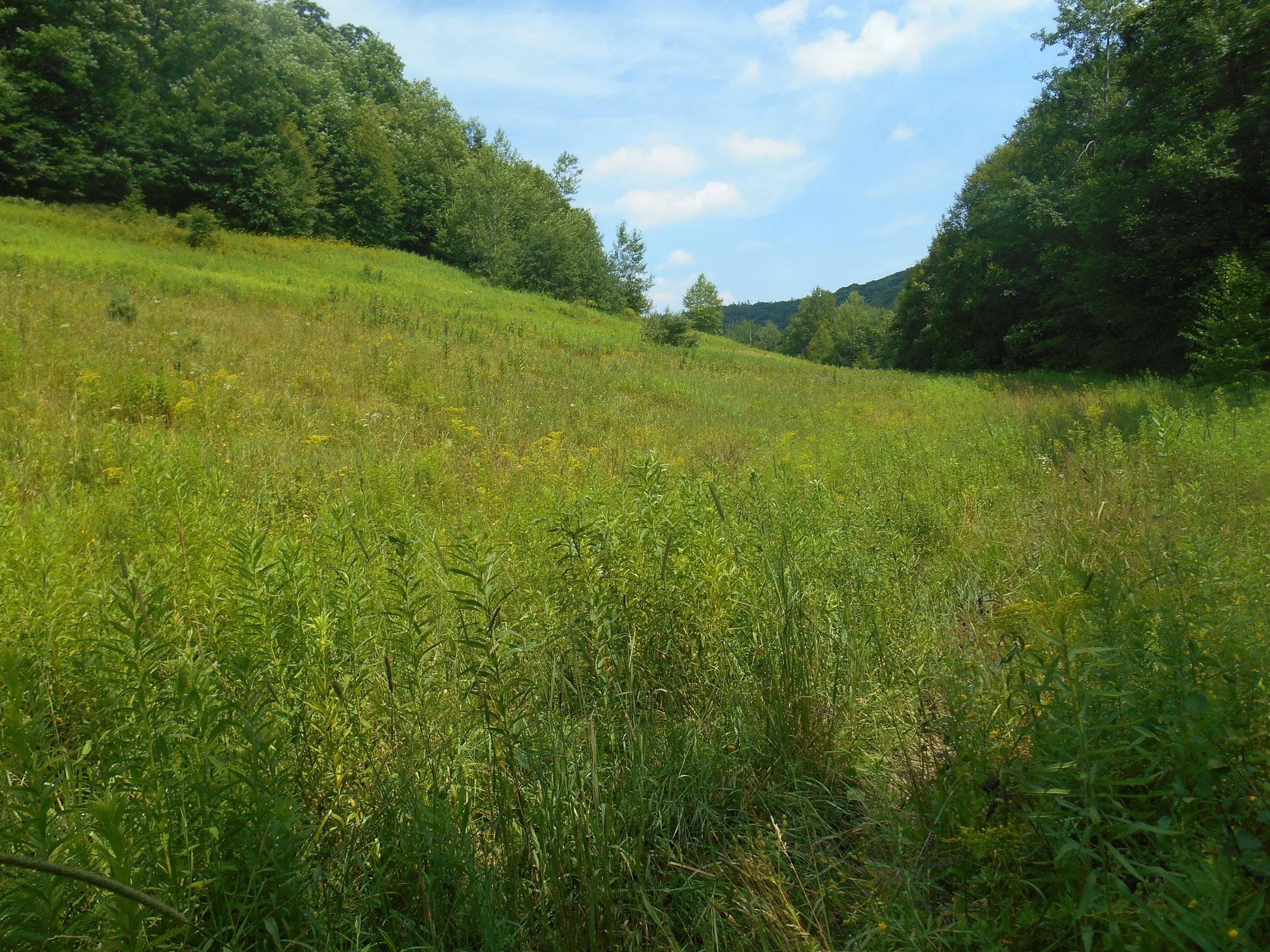
Blog
Replicable Revenue Streams Can Help Natural Infrastructure Projects Receive State Revolving Fund Financing
EDF and Quantified Ventures recently published a report that identified 5 replicable repayment streams that communities and conservation groups can use to access SRF financing for natural infrastructure such as wetlands, floodplain restoration, and riparian buffers. This blog highlights 3 key takeaways to advance natural infrastructure through SRFs we found after speaking with conservation finance experts and SRF leaders about our report.
2022 Giving Tuesday Staff Recommendations
As a company that works alongside a great deal of innovative community-based organizations, we know firsthand how private funding is necessary for these organizations to fulfill their missions.
Natural Climate Solutions and Carbon Markets Grow Hand-in-Hand
Carbon markets, offsets, and insets help facilitate our nature-based solutions and can serve as a bridge to making bigger things happen. For Quantified Ventures, our project partners, and the buyers we work with, high quality credits are a requirement. They are more highly valued and align with our focus on predicting, measuring, and reporting the verified outcomes of a project to transparently demonstrate value.
A Five-Step Approach to Ensure Water Infrastructure Funding Improves Health Outcomes, Community Resilience, and Affordability
The $55 billion in Bipartisan Infrastructure Law funding for water infrastructure presents an opportunity to demonstrate that these investments truly make human lives better. We recommend a a 5-step approach to effectively deploy BIL funds to communities that need it most and to demonstrate 3 basic outcomes: improved health; community resilience, and affordability.
Introducing Dorvie
Dorvie provides recurring home services that solve the logistics of life, all for one simple price. Quantified Ventures’ newest company serves the 90% of older adults who plan to stay in their homes as they age.
Racing to the Top: Forward-Thinking Maryland State Policy Drives More Efficient Public and Private Investment in Bold Environmental Solutions
Public policy innovation is one of the major enablers of more systemic change. To that end, we were thrilled to see Maryland Governor Larry Hogan sign the Conservation Finance Act into law on April 21, 2022.
Accelerating Family Access to Substance Use Disorder Recovery Programs Through Innovative Financing and Partnership
Rates of substance use disorder (SUD) and drug overdose deaths have steadily climbed during the last decade. For women of childbearing age and their children, this epidemic has had especially damaging implications.
Financing Green Stormwater and Natural Infrastructure with Clean Water State Revolving Funds
In the last 5 years, it's reported that only 3% of CWSRF funds have been invested into natural and green stormwater infrastructure. As our communities continue to face mounting issues of climate change, aging water infrastructure, and health risks, it is imperative that we utilize these funds more effectively.
Ensuring Local Communities Benefit from the Outdoor Recreation Boom
We have an opportunity to shift the conversation and to tell the full story of how a local trail or campground is an economic driver and a community asset. We also have the ability to better align our efforts to develop the outdoor recreation economy and keep the benefits of economic development local.
Soil and Water Outcomes Fund Produces 10x-Plus Increase in Environmental Outcomes in 2021
The Soil and Water Outcomes Fund announced that carbon sequestration and nutrient reduction outcomes produced by participating farms in Iowa, Illinois, Ohio, Maryland, Pennsylvania, and North Carolina in 2021 are projected to be more than 10 times greater than the totals from the prior year. The CO2e sequestered by farms in the Soil and Water Outcomes Fund is equivalent to removing 24,250 cars from the road for one year.
2021 Giving Tuesday Staff Recommendations
Giving Tuesday has become one of the most popular days of the year for people to donate to non-profits. As a company that works alongside a great deal of innovative community-based organizations, we know firsthand how private funding is necessary for these organizations to fulfill their missions.
New Reports Deliver Water Recommendations to Speed the Replacement of Toxic Lead Water Pipes and Improve Water Quality by Strengthening the U.S. EPA Watershed Approach
Water quality remains a persistent public health and environmental challenge in the United States despite decades of efforts to deliver clean water for drinking and recreational activities. We worked with the Environmental Policy Innovation Center to publish papers that make recommendations related to lead pipe replacement and the watershed approach to water quality.












